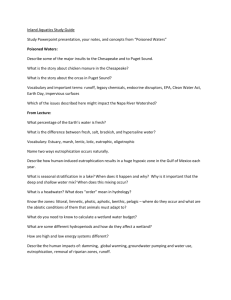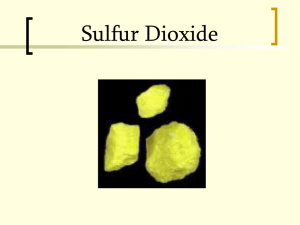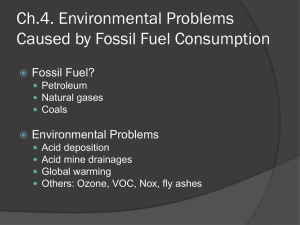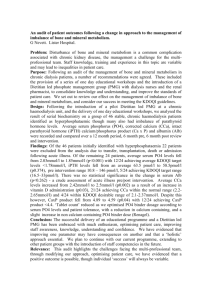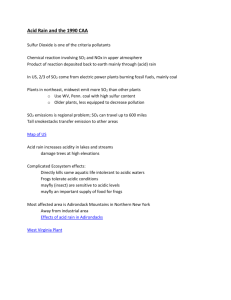company logo here
advertisement
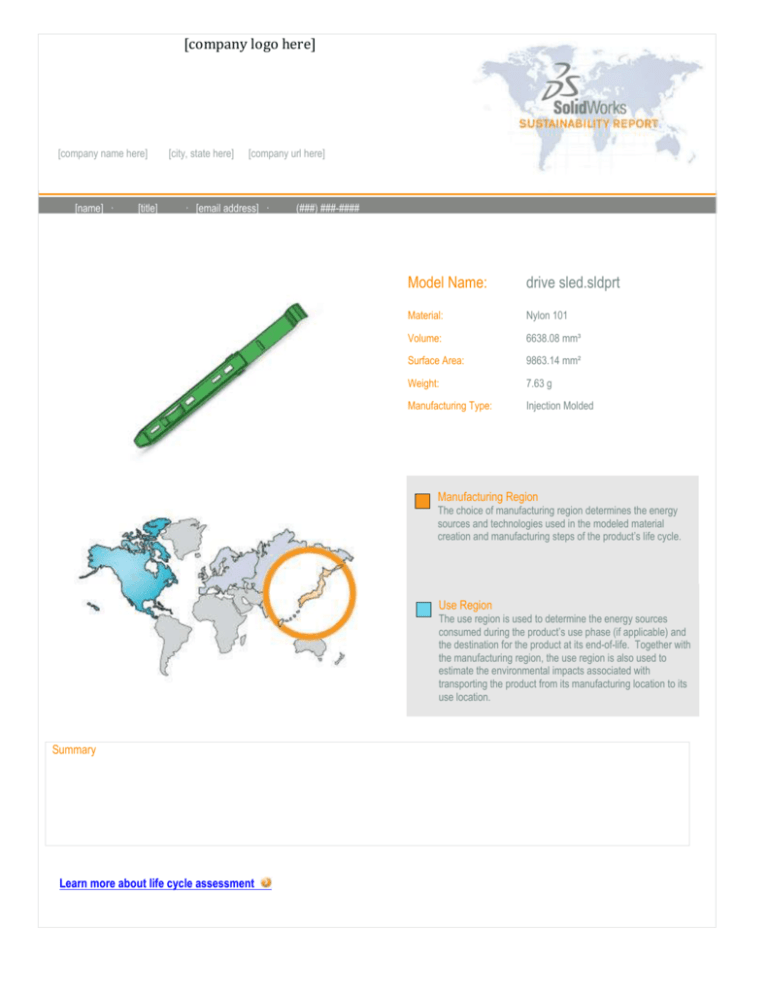
[company logo here] [company name here] [name] ∙ [title] [city, state here] [company url here] ∙ ∙ [email address] ∙ (###) ###-#### Model Name: drive sled.sldprt Material: Nylon 101 Volume: 6638.08 mm³ Surface Area: 9863.14 mm² Weight: 7.63 g Manufacturing Type: Injection Molded Manufacturing Region The choice of manufacturing region determines the energy sources and technologies used in the modeled material creation and manufacturing steps of the product’s life cycle. Use Region The use region is used to determine the energy sources consumed during the product’s use phase (if applicable) and the destination for the product at its end-of-life. Together with the manufacturing region, the use region is also used to estimate the environmental impacts associated with transporting the product from its manufacturing location to its use location. Summary Learn more about life cycle assessment Sustainability Report Model Name: drive sled.sldprt Material: Nylon 101 Volume: 6638.08 mm³ Manufacturing Type: Surface Area: 9863.14 mm² Injection Molded Weight: 7.63 g Environmental Impact Water Eutrophication Carbon Footprint Material: Manufacturing: Use: End of Life: 0.09 kg CO2 Material: 3.29E-3 kg CO2 5.87E-4 kg CO2 4.19E-3 kg CO2 0.10 kg CO2 Manufacturing: Use: End of Life: 2.51E-5 kg PO4 4.29E-7 kg PO4 1.22E-6 kg PO4 5.26E-6 kg PO4 3.21E-5 kg PO4 Air Acidification Material: Manufacturing: Use: End of Life: 1.23E-4 kg SO2 4.36E-6 kg SO2 1.38E-5 kg SO2 2.60E-6 kg SO2 1.44E-4 kg SO2 Comments Click here for alternative units such as Miles Driven In A Car Total Energy Consumed 1.56 MJ Material: 1.50 MJ Manufacturing: 0.05 MJ Use: 8.20E-3 MJ End of Life: 3.08E-3 MJ Sustainability Report Baseline Model Name: drive sled.sldprt Material: PC High Viscosity Volume: 6638.08 mm³ Surface Area: 9863.14 mm² Weight: 7.90 g Manufacturing Type: Injection Molded Manufacturing Region The choice of manufacturing region determines the energy sources and technologies used in the modeled material creation and manufacturing steps of the product’s life cycle. Use Region The use region is used to determine the energy sources consumed during the product’s use phase (if applicable) and the destination for the product at its end-of-life. Together with the manufacturing region, the use region is also used to estimate the environmental impacts associated with transporting the product from its manufacturing location to its use location. Comments Click here for alternative units such as Miles Driven In A Car Sustainability Report Model Name: drive sled.sldprt Material: Environmental Impact Comparison Nylon 101 Original Design: Better Volume: 6638.08 mm³ Manufacturing Type: Surface Area: Weight: 9863.14 mm² Injection Molded 7.63 g Worse Carbon Footprint - Comparison Water Eutrophication - Comparison Total: Total: PC High Viscosity : 0.17 kg CO2 Nylon 101 : 0.10 kg CO2 PC High Viscosity : 3.70E-5 kg PO4 Nylon 101 : 3.21E-5 kg PO4 Air Acidification - Comparison Total Energy Consumed - Comparison Total: Total: PC High Viscosity : 2.79E-4 kg SO2 Nylon 101 : 1.44E-4 kg SO2 Comments New Design: Baseline PC High Viscosity : 3.06 MJ Nylon 101 : 1.56 MJ Sustainability Report Sustainability Report Glossary Air Acidification - Sulfur dioxide, nitrous oxides other acidic emissions to air cause an increase in the acidity of rainwater, which in turn acidifies lakes and soil. These acids can make the land and water toxic for plants and aquatic life. Acid rain can also slowly dissolve manmade building materials such as concrete. This impact is typically measured in units of either kg sulfur dioxide equivalent (SO2), or moles H+ equivalent. Carbon Footprint - Carbon-dioxide and other gasses which result from the burning of fossil fuels accumulate in the atmosphere which in turn increases the earth’s average temperature. Carbon footprint acts as a proxy for the larger impact factor referred to as Global Warming Potential (GWP). Global warming is blamed for problems like loss of glaciers, extinction of species, and more extreme weather, among others. Total Energy Consumed - A measure of the non-renewable energy sources associated with the part’s lifecycle in units of megajoules (MJ). This impact includes not only the electricity or fuels used during the product’s lifecycle, but also the upstream energy required to obtain and process these fuels, and the embodied energy of materials which would be released if burned. Total Energy Consumed is expressed as the net calorific value of energy demand from non-renewable resources (e.g. petroleum, natural gas, etc.). Efficiencies in energy conversion (e.g. power, heat, steam, etc.) are taken into account. Water Eutrophication - When an over abundance of nutrients are added to a water ecosystem, eutrophication occurs. Nitrogen and phosphorous from waste water and agricultural fertilizers causes an overabundance of algae to bloom, which then depletes the water of oxygen and results in the death of both plant and animal life. This impact is typically measured in either kg phosphate equivalent (PO4) or kg nitrogen (N) equivalent. Life Cycle Assessment (LCA) - This is a method to quantitatively assess the environmental impact of a product throughout its entire lifecycle, from the procurement of the raw materials, through the production, distribution, use, disposal and recycling of that product. CML - Centre of Environmental Sciences at Leiden University in The Netherlands. If selected, the CML environmental impact assessment methodology uses environmental models of Europe to calculate the environmental indicators (global warming, eutrophication and acidification) used in this report. This methodology is frequently used in LCA studies worldwide. TRACI - Tool for the Reduction and Assessment of Chemical and other environmental Impacts. If selected, the TRACI environmental impact assessment methodology uses environmental models of the United States to calculate the environmental indicators (global warming, eutrophication and acidification) used in this report. This methodology is frequently used for North American LCA studies. Learn more about life cycle assessment

